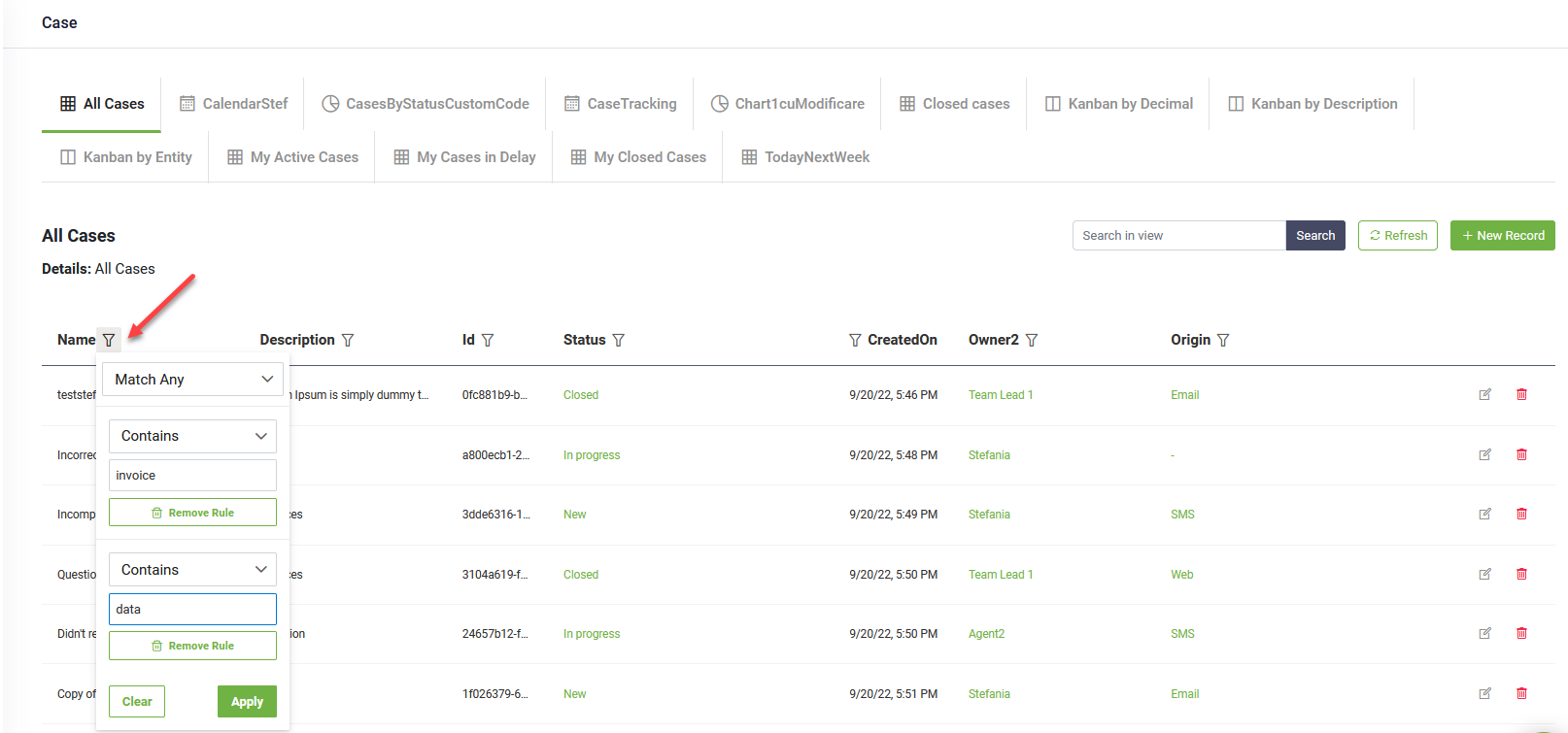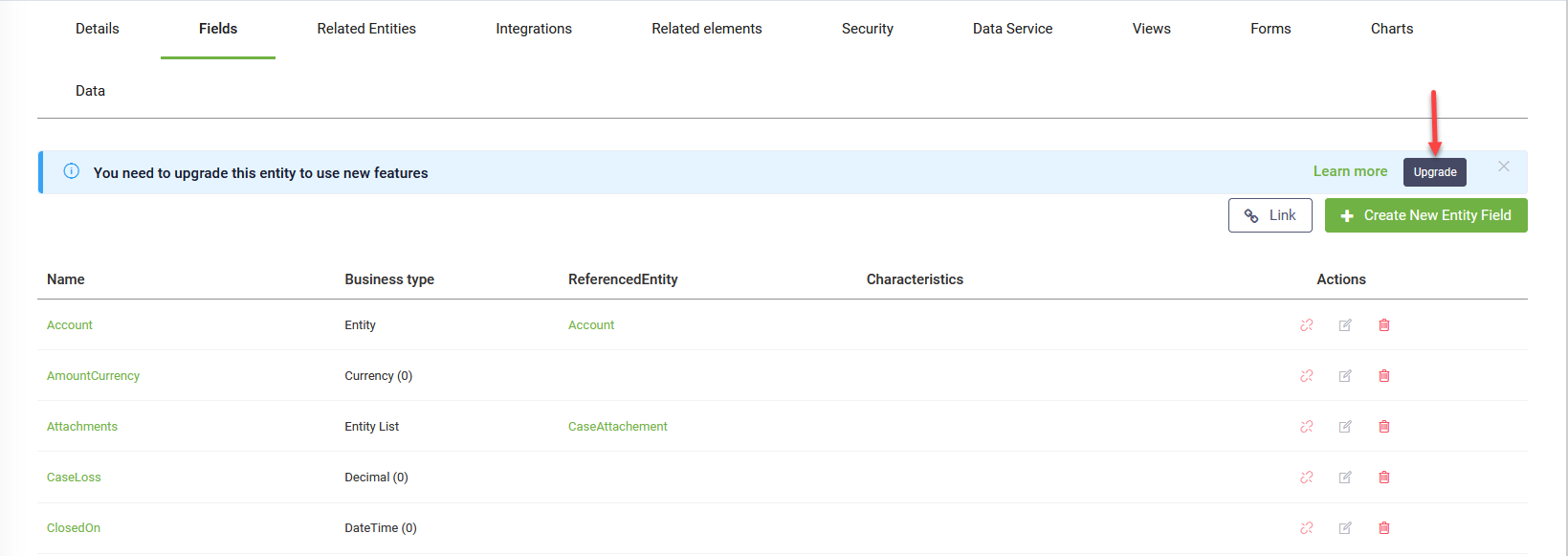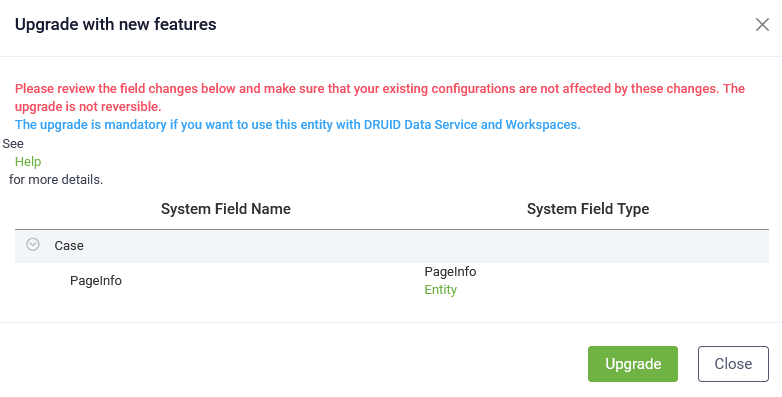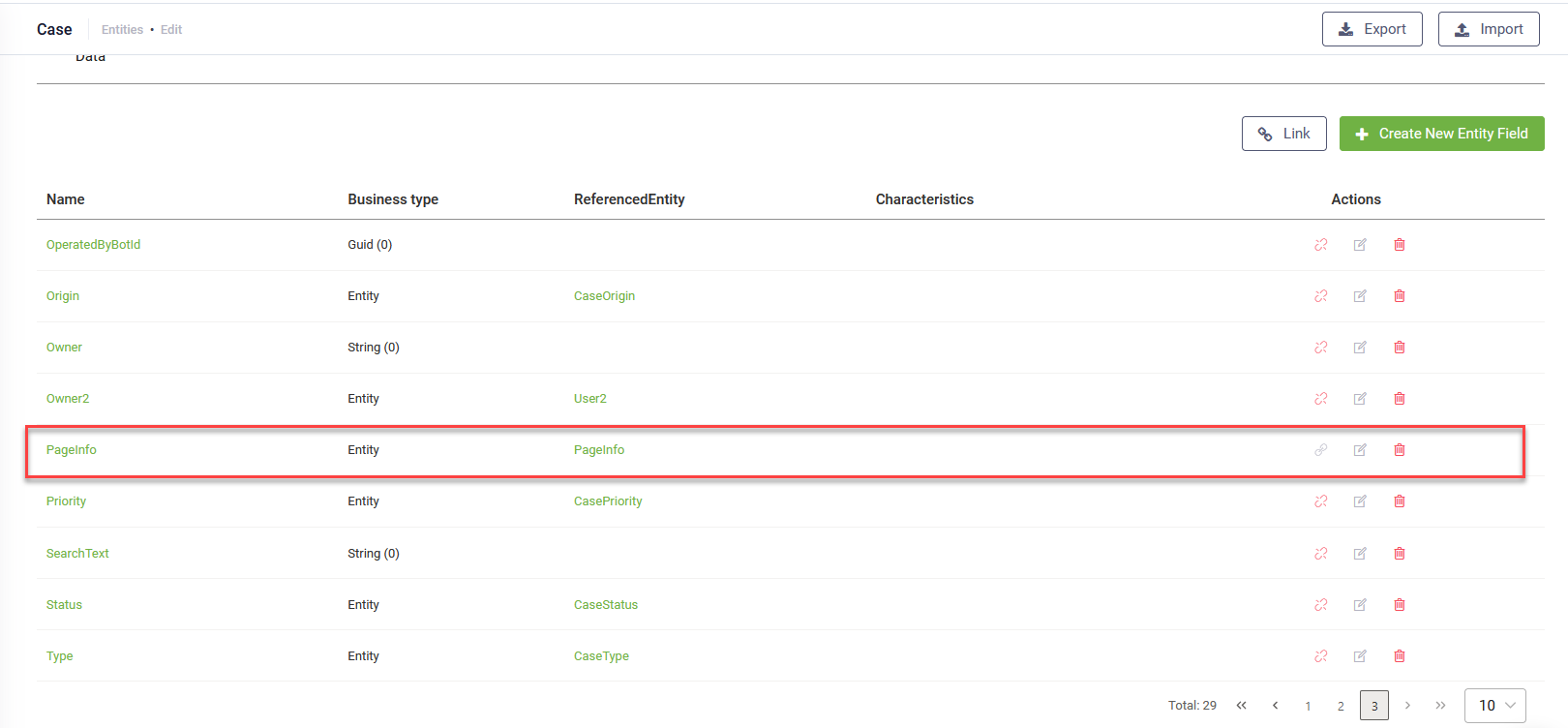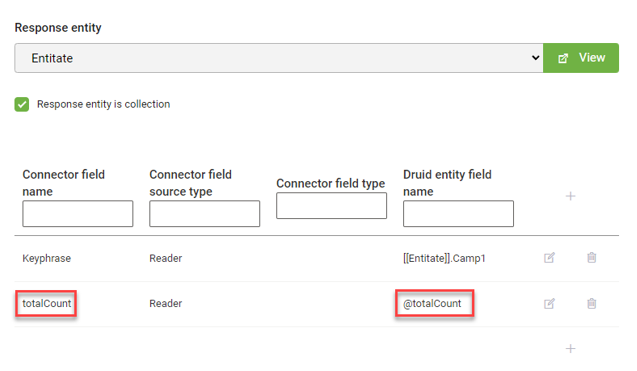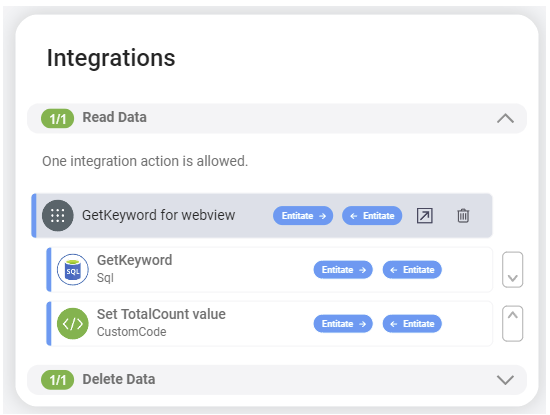Filtering records in a view
You can filter all columns in a view regardless the data type in ascending or descending order.
For data of type string, integer and decimal you can use filters to help you narrow down the records you want to see.
To filter the records in a view by applying filters on a specific column, click the Filter icon in the column header, then select the condition and define the filter rule(s) and click Apply.
The view displays the records based on the selected filtering criteria.
Choose the filtering condition (logical operator)
The first step in creating filter criteria is to select the type of condition you want to use. The following conditions are available:
- Match All provides you with "And" functionality. Choose this option when you want all of the filter rules to be met.
- Match Any provides you with "Or" functionality. Choose this option when you have two filter rules and at least one condition has to be met.
Define the filter rules
To define the filter rule, select the desired operator and specify a single value. The table below provides the list of operators that are available for columns that contain data of type string, integer and decimal.
| Operator | Description |
|---|---|
| Starts with | The results include only the records where the data in the column starts with the value specified in the filter rule. |
| Contains | The results include only the records where the data in the column contains the value specified in the filter rule. |
| Not contains | The results include only the records where the data in the column does not contain the value specified in the filter rule. |
| Ends with | The results include only the records where the data in the column ends with the value specified in the filter rule. |
| Equals | The results include only the records where the data in the column matches the value in the filter. |
| Not equals | The results include only records where the data in the column does not match the value in the filter. |
To remove a filter rule, click Remove rule. To remove the filter, click Clear in the filter.
Automatically take into consideration the server-side web view filtering and pagination
Filtering and pagination are seamlessly handled server-side, harmonizing with any client-side settings. The user's applied filters and pagination on the web view synchronize with the Query entity integration defined on the server-side, ensuring a unified experience.
To upgrade the entity associated with the web view, go to the entity details, click the Fields tab and in the notification displayed on top of the page, click the Upgrade button.
A window appears. Review the new fields that will be added to your entity and click Upgrade again.
Following the upgrades, a new system field of type 'Entity', PageInfo, becomes available in the upgraded entity. PageInfo references [[PageInfo]], a new system entity. This field facilitates the transfer of specific page-related information from the client-side to the server-side (the Query entity task defined on the web view).
Server-side pagination for non-DRUID Data Service databases
For efficient handling of large amounts of data, use server-side pagination on web views. Follow these steps to enable server-side pagination in web views that display data from non-Druid Data Service databases like MS SQL:
Step 1: Upgrade Connector Host and Data Service to version 5.29 or higher
Ensure both the Connector Host and Data Service are upgraded to the latest version.
Step 2: Alter the integration task for Server-Side Pagination.
Modify the integration task (SQL, REST, CRM, etc.) to retrieve data, including the aggregated “totalCount” value in the response.
Here's an example SQL integration task:
declare @totalCount int
set @totalCount = (select count(*) from keyword)
select @totalCount as totalCount, b.* from
(select lower(keyphrase) as Keyphrase
from keyword
order by keyphrase
OFFSET @PageStartIndex ROWS
FETCH NEXT @NumberOfRecords ROWS ONLY)
as bMap the "totalCount" value to a local response variable in the Response tab.
Step 3: Add Custom Code for "totalCount" Mapping
Use a Custom Code integration task to send the aggregated total number of available records ("totalCount") from the connector integration towards the DRUID web view.
In the Custom Code task, add the following JavaScript code:
Custom Code task
(function main(){
let totalCount = Context.GetContextVariable("totalCount");
Context.SetPageInfoTotalCount(parseInt(totalCount));
})()
Ensure the "totalCount" variable is delivered as an integer to the SetPageInfoTotalCount() method. In the example above, we used the parseInt() JavaScript function to convert the value to an integer.
Step 4: Verify the web view pagination
Verify your configuration and ensure that the pagination works in client-server mode, especially for large data sets (larger than 1000 records).
